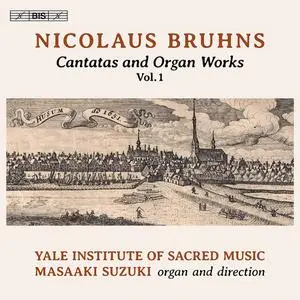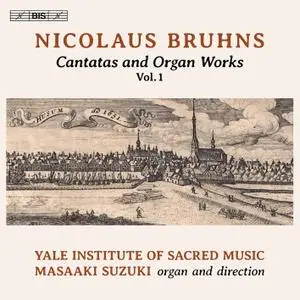Masaaki Suzuki, Yale Institute of Sacred Music - Nicolaus Bruhns: Cantatas and Organ Works, Vol.1 (2021)
EAC | FLAC | Image (Cue & Log) ~ 431 Mb | Total time: 86:14 | Scans included
Classical | Label: BIS Records | # BIS-SACD-2271 | Recorded: 2016, 2017
EAC | FLAC | Image (Cue & Log) ~ 431 Mb | Total time: 86:14 | Scans included
Classical | Label: BIS Records | # BIS-SACD-2271 | Recorded: 2016, 2017
When he died, Nicolaus Bruhns was just 31 years old, and only twelve of his vocal works and five organ compositions have survived. On the strength of these, he is nevertheless considered one of the most prominent North German composers of the generation between Buxtehude and Bach. Buxtehude was in fact Bruhns teacher, and thought so highly of him that recommended him for a position in Copenhagen. There he worked as a violin virtuoso and composer until 1689, when he returned to Northern Germany to become organist in the main church of Husum. It was here that most if not all of the extant works were performed.



